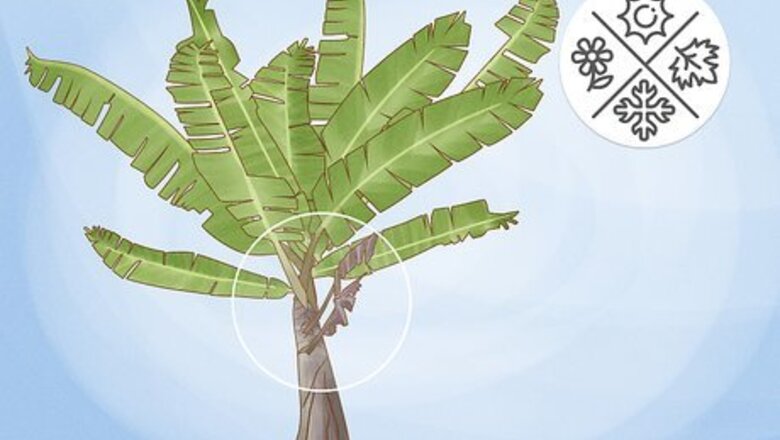
views
Timing When to Prune Your Banana Tree
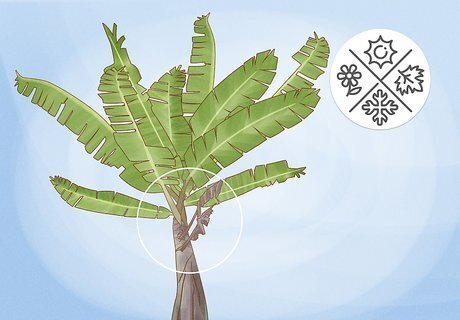
Check your banana tree during each season. Paying attention to the time of year will help you to know when to cut the leaves. Banana tree leaves can become damaged for a variety of reasons. Some common reasons include frost, insects and dehydration. These reasons will vary, for instance frost will be after winter while insects tend to be in the spring and dehydration will be during summer. Although, there are different reasons for damage, you will approach any dead leaves the same way.
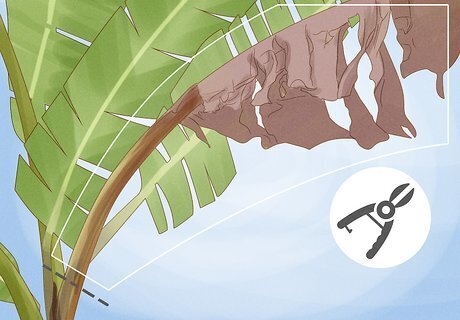
Prune leaves that are brown. Dead or dying banana leaves are quite obvious. They will appear wilted, dry and brown. Once they are brown, there is no reviving them and it will be necessary to prune them in order to keep your banana tree looking lush. Be sure to make sure your banana plant is getting enough water. If you live in an area that gets plenty of rainwater, you will not need to give your tree any additional water. If you live in a dry area, be sure to water the tree until the soil is moist.
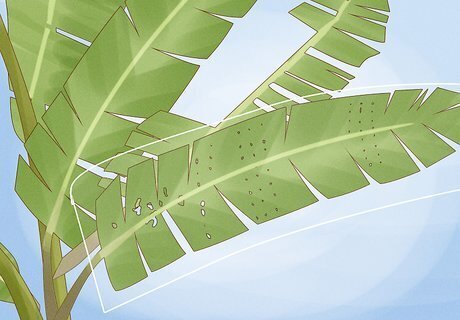
Watch for leaves with holes to know which stems to prune. If your banana tree leaves have holes, they might have been affected by insects. This commonly happens during spring and summer. If this is the case, you might need to treat your tree with medicine or other treatments. Although banana trees are not often infected with insects, it’s good to stay aware of any ailment your tree might have.
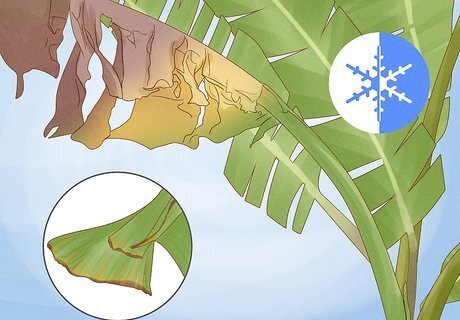
Inspect for damage after frost. If you have not prepared your plant for winter and instead decided to brave the cold, you will need to see how your banana tree withstood the low temperatures. Although, banana trees are a tropical plant, many people have said their tree managed to withstand cold weather. A banana tree damaged by frost will have leaves that first look withered before they eventually turn brown. One common way to avoid damage from frost is to actually dig up and move the plant. However, if this is not an easy option, you can cut the stalk down to about one foot off the ground. Then, cover the stalk with a plastic pot, to protect from the elements.
Cutting the Leaves
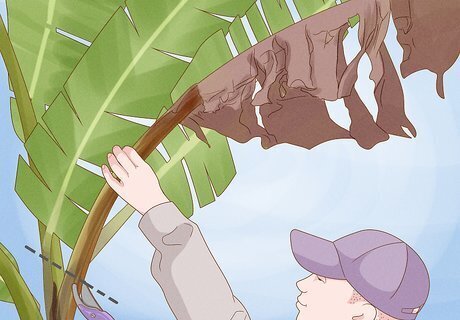
Trim any brown dead leaves with garden shears. You will easily be able to tell dead palm leaves from their brown color and dry texture. Palm leaves can become damaged from a variety of reasons but the most common is because of weather. Be sure to only cut the leaves and do not yet prune the stems or trunk. Start from the outermost layer of leaves and work your way in. If you want to prune the stem all the way back to the trunk because of damage, you should note that this will probably affect the flowering capability.
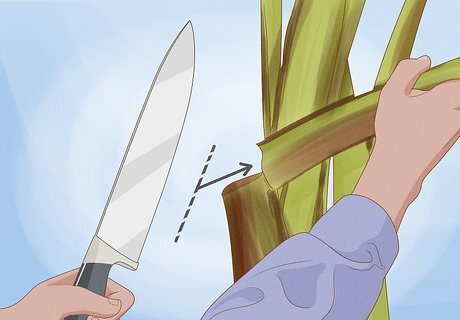
Use a sharp blade or knife to prune the stem. Cut the stalk with a clean and sharp knife about ½ to 1 inch from the trunk. Regular pruning will allow your banana plant to remain looking lush. Make sure you have waited until you have harvested any fruit and until your plant has flowered before you prune the stem.

Cut any suckers that have sprouted. If any suckers have sprouted away from your main banana plant, you will need to cut them down as they have a tendency to spread. It is suggested to leave at least one main sucker for your actual banana tree. The main stalk is often referred to as the maiden or mother plant. If you have a fruit bearing tree, a stalk will only bear fruit one time.

















Comments
0 comment